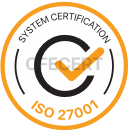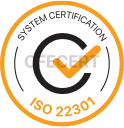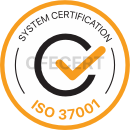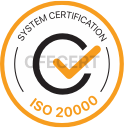Life Cycle Analysis, according to ISO 14040/44 standards, is an evaluation method that calculates, measures, and reports the environmental impacts of a product, service, or process throughout its entire life cycle, starting from obtaining raw materials to processing, production, use, end-of-life, and disposal. It provides information including resource efficiency and waste generation amount.
ISO 14067 carbon footprint training explains how to calculate greenhouse gas emissions caused by products throughout their life cycle. It describes the principles and guidelines needed to quantify a product’s carbon footprint. It uses the life cycle assessment (LCA) approach outlined in the ISO 14040 and ISO 14044 standards.
The ISO 14067 carbon footprint training conveys the information organisations should use to calculate and report greenhouse gas emissions from their products in this direction. Relevant managers and employees of organisations can learn how to integrate this standard into their corporate sustainability efforts by participating in ISO 14067 carbon footprint training.
In our online course, our participants will be explained in detail from the subject’s starting point, the Life Cycle Analysis (LCA), to how the product’s carbon footprint should be calculated, and their questions will be answered.
COURSE CONTENT
DAY 1
14040-44 – Life Cycle LCA
- What is the Life Cycle
- General Description of Lifelong Assessment (LLA)
- Main Features of HBD
- Computational Approaches and Data Systems
- Lifelong Inventory Analysis (LLI)
- Examples of Data Forms
DAY 2
14067:2018 Greenhouse Gases-Carbon Footprint Calculation of Products
- Product Carbon Footprint Calculation Methods
- UCC – Product Categories
- UKA – Calculation Steps
- Life cycle inventory analysis for UCA
- Product Carbon Footprint Report
- Allocation Method – Sample exercises
For more information about our training services and to register, don’t hesitate to contact us at sales@cfecert.co.uk.








